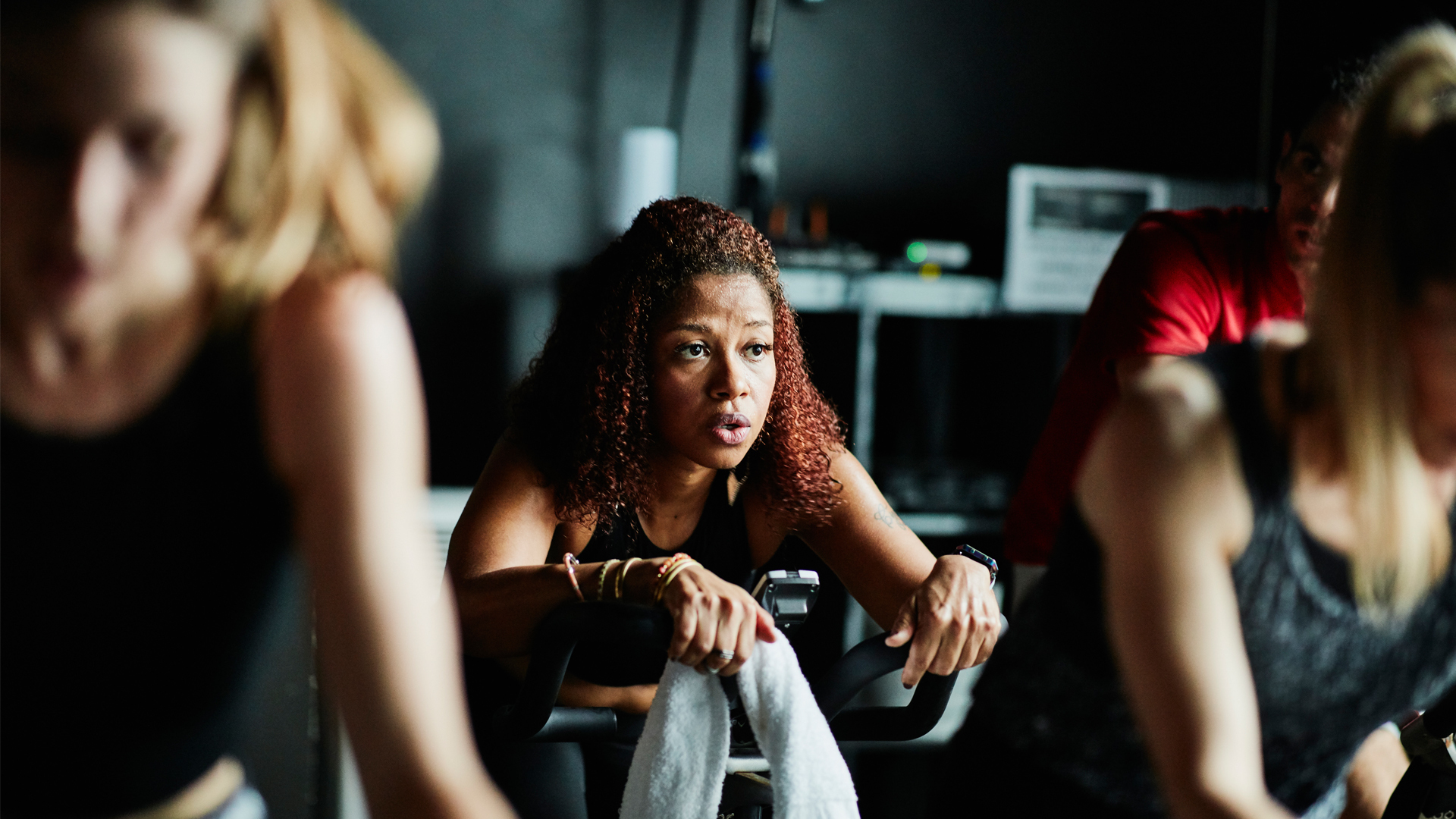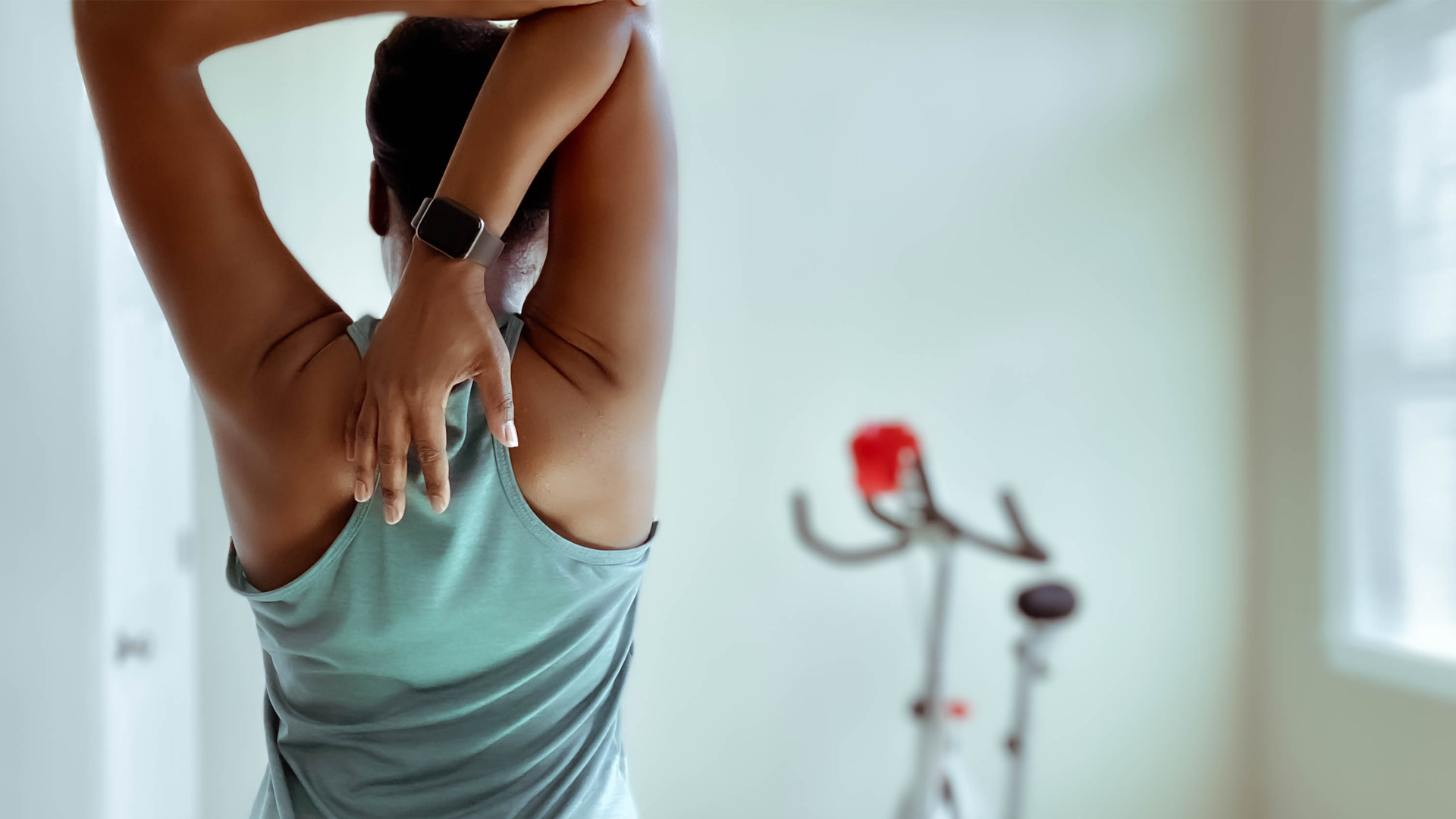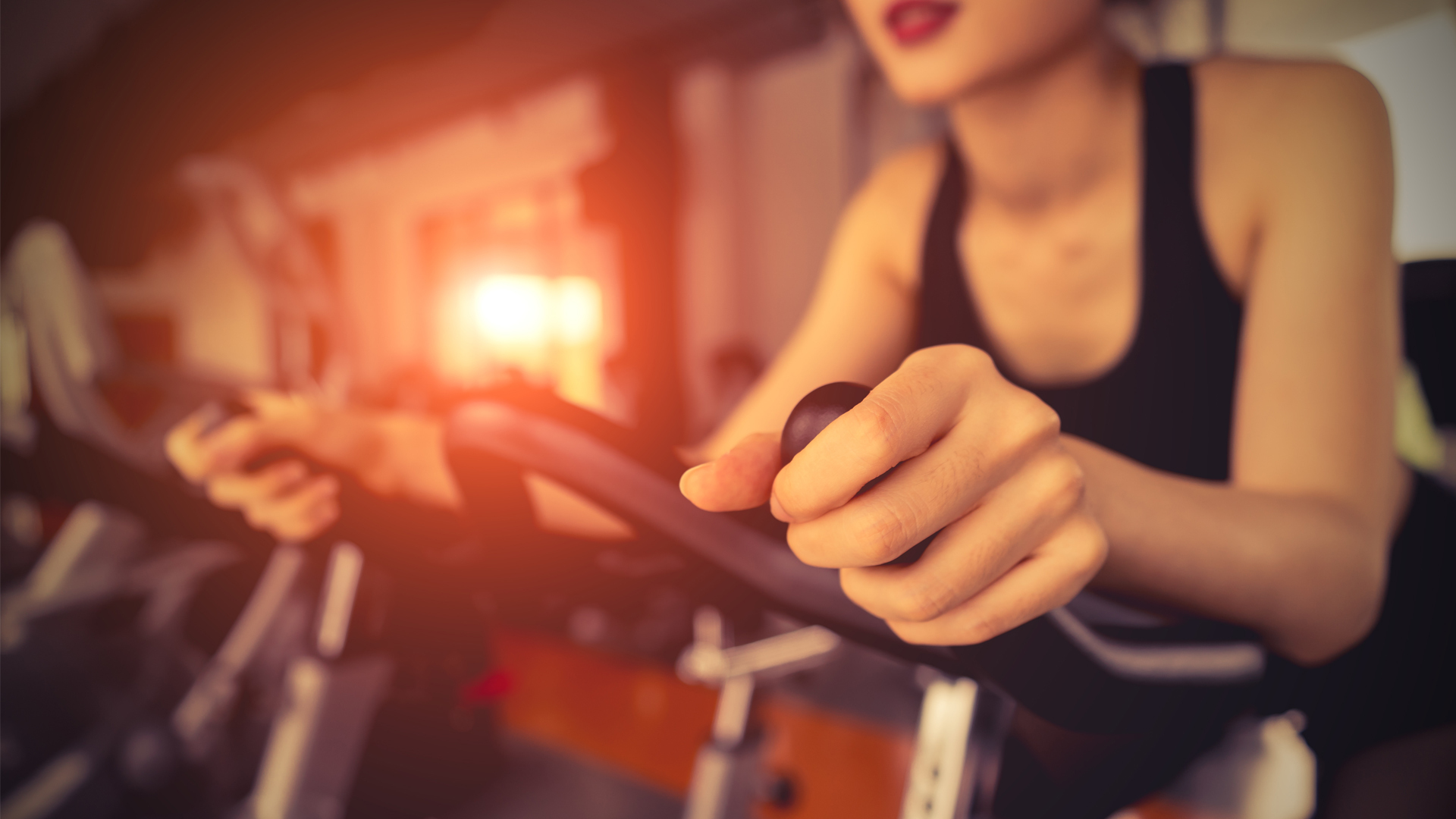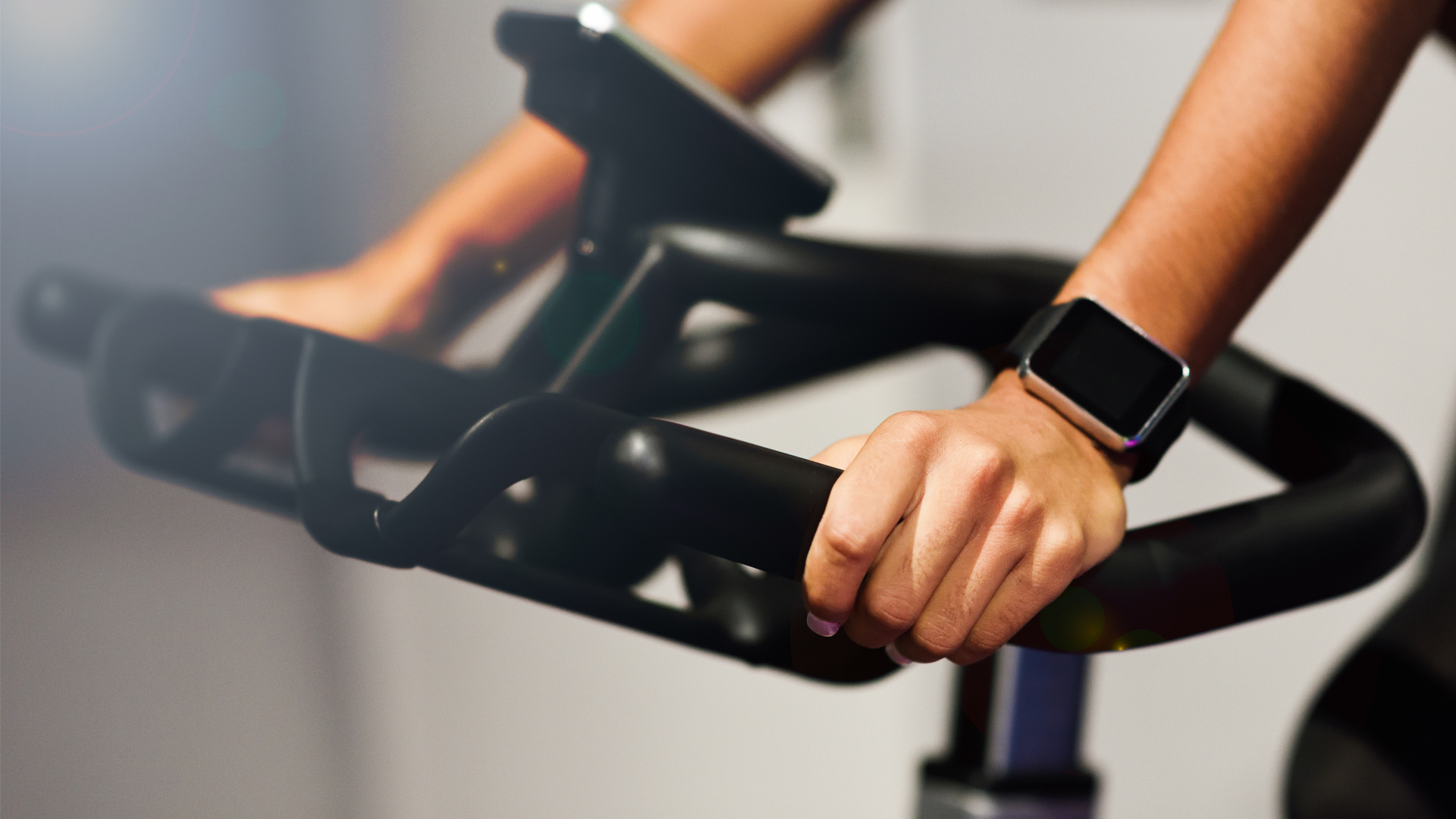Are exercise bikes good cardio?
Are exercise bikes good cardio? We find out if you can pedal your way to health and fitness.

It’s a well-known fact that cardio exercise is good for you, but how do you know which form of exercise is best? When you step inside most gyms you’re confronted with rows of different cardio machines, from exercise bikes to cross trainers to treadmills. So how do you know which to go for? Are exercise bikes good cardio, and if so, how can you integrate one into your workouts? You can also check out our buying guide for the best exercise bikes to see our recommendations.
It can be bewildering for even an experienced fitness enthusiast, so let’s take a closer look at exercise bikes, their benefits, who they’re suited to, and how they compare with other forms of aerobic exercise. As with most equipment, the key is knowing how to get the most out of your exercise bike, and how to exercise safely and efficiently when using one.
Exercise bikes and cardio: An overview
To stay in good physical condition, we need to include a certain amount of cardiovascular exercise in our weekly routine. The Physical Activity Guidelines for Americans issued by the US Department of Health and Human Services recommend that adults should do between 150 minutes and 300 minutes a week of moderate-intensity activity, or between 75 and 150 minutes a week of vigorous-intensity aerobic physical activity (or a combination of both), ideally spreading out the activity through the week.
Even older adults are encouraged to get a sweat on. According to the same guidelines, they too should aim for 150 minutes of moderate-intensity aerobic activity or as much as their physical abilities and conditions allow.
This is where the exercise bike comes in. Cycling is exactly the sort of cardio activity that the guidelines have in mind, and the great thing about the exercise bike is that you can make it as light, moderate, or intense as you choose - you’re in charge.

According to Ross Mitchell, a personal trainer and strength coach, it’s not surprising that the exercise bike has stood the test of time over the years. "Not only are they available for home use, there is also a large number of free training programs for them that can be found online. Additionally, they’re widely accessible for people of all fitness levels, be that beginner or elite athletes. Plus they span across all budgets so no one is left out."
People often turn to the exercise bike to lose weight, but how many calories you burn really comes down to how hard you’re working. According to the Mayo Clinic, 60 minutes of cycling will burn 292 calories for the average person weighing 160lbs (less if you weigh less; more if you weigh more). As with most things in life, you get out what you put in.
But as Ross Mitchell points out, "The purpose of cardio goes beyond simply burning calories and extends to improving heart health and longevity. While not a quick fix, they can be an invaluable tool for a lifestyle change and that’s where real progress takes place."
There’s evidence to support this view. A systematic review of studies into the effect of indoor cycling on health, published in the journal Medicinia in 2019, reported that indoor cycling may improve aerobic capacity, blood pressure, lipid profile, and body composition. If losing weight and improving your blood pressure are your main goals, it recommended combining indoor cycling with diet but concluded that you could enhance your aerobic capacity through indoor cycling on its own.

Who are exercise bikes suited to?
The joy of exercise bikes is that they really are suitable for anybody. Ross told Live Science: "Being low impact and also low skill in their requirements, they make great options for beginners or those that may be injured and looking to rebuild their strength and fitness.
"Typically the main muscles used are the quads, glutes, hamstrings, calves and core, ideal for anyone that skipped leg day. Combine a few days of intervals on the bike using varied resistance with some upper body work using either dumbbells, barbells, kettlebells or bodyweight and you’ve got a great training routine that caters to pretty much every facet of fitness."
The exercise bike could have particular advantages for people with obesity, too. A study published in the International Journal of Environmental Research and Public Health in 2020 looked at the effects of indoor cycling on the cardiometabolic risk factors of two groups of women (these factors, which include things like insulin, cholesterol, and body mass, indicate the risk of having a cardiovascular event such as a heart attack or stroke). One group was obese and the other was of normal weight. The study found that by the end of the study the metabolic function of the women with obesity had improved significantly and was much closer to the levels of those of normal weight.
We have a feature on low impact cardio workout ideas, if you need more inspiration, but the exercise bike is a great way to start without being too harsh on your body.

How do exercise bikes compare to other fitness equipment when it comes to cardio?
According to Ross Mitchell, the exercise bike stands up well in comparison with other cardio machines. "Provided you train with intent," he says, "their fitness rewards are great. In the end, it’ll come down to personal preference and more importantly, what helps you stay consistent."
It’s true that the exercise bike burns fewer calories than other activities such as water aerobics, according to the Mayo Clinic. It does have some advantages over its rivals when it comes to at-home equipment though. A treadmill is much higher impact, so will be harder on your joints, and the rowing machine is technically harder to master, so the exercise bike is still a great choice.
Ross’s only slight concern about the exercise bike, he says, is that "People can easily pedal for hours without stopping, especially if at a leisurely pace". If you find yourself tempted to go too gently, he recommends following a class, either online or in person.
Exercise bikes are particularly suited to keeping at home as they tend to take up less space than other types of machines and they compare well on price. They're a great way to keep exercising in winter, when the weather turns cold.
Ultimately, though, the best machine is one that you will actually get on and use. "It’s about accumulating little wins over the long haul. Whatever helps you sustain your training and momentum is the best option for you."
- Read more: Peloton vs Echelon: which is better?
Sign up for the Live Science daily newsletter now
Get the world’s most fascinating discoveries delivered straight to your inbox.
Patricia Carswell is a freelance journalist specializing in health and fitness. She has written for a huge variety of national newspapers, magazines and websites, including Healthy, Top Santé, Women's Fitness and fitandwell.com, and writes a monthly column for British Rowing's content hub. She's the founder and host of rowing blog and podcast, Girl on the River, where guests have included Sir Matthew Pinsent and multiple Olympian Frances Houghton MBE. She keeps fit by rowing, walking, and wild swimming, and is at her happiest when on or in the water.











